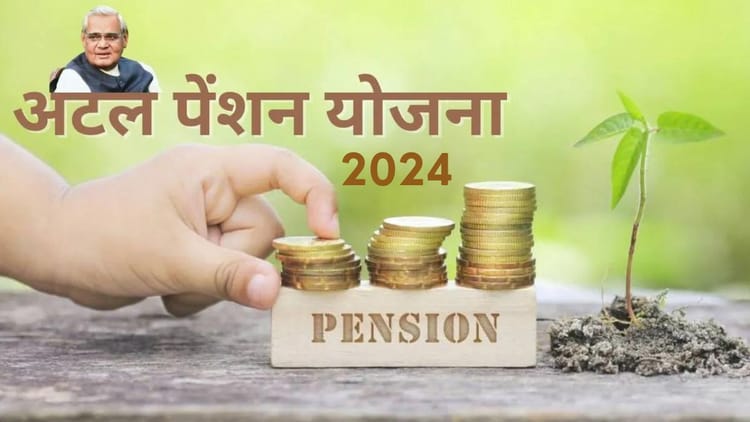German education and Indian education : a comparison
Germany is known worldwide for its quality of education and at the heart of its higher education system is the foundational German school system. This article points out how the German school system is different from India school system. Since the German school system can be quite confusing to understand first, this research explains the general school system. It excludes the individual school system of each state.
The public schools in Germany are managed by each state and not the federal government. So there are 16 different school systems in Germany. Thus, every German state has its own education policy. The school types, school calendar are all decided by each individual state, however every year the ministers of education of each state meet two times at a national conference to synchronize their plans and practices.
It is compulsory for the children from the age of 6 to 15 to attend school as per the German constitution. The German constitution allows every child to get qualified education regardless of the family’s financial situation, to mix social classes and prevent religious or ideological parallel societies. Thus home-schooling ( the education of children at home by their parents ) is illegal in Germany.
Parents have the option to stay at home for up to three years while still being able to return on their job as they can avail parental leave system. As a parent in Germany, the financial support of the German government known as parental allowance can also be applied for the first two years after the child is born. Germany’s public education system ( including universities ), is free. However, the cost for required study material needs to be covered by each student or family individually. School starts at around 8 am and finishes around 1 pm, with six 45 minutes classes and two breaks. As per Education Policy Outlook: Germany, OECD 2020, Germany performed above the OECD average in reading, mathematics and science in PISA 2018. Also, as per Education Policy Outlook: Germany, OECD 2020, socio-economic background has a substantial impact on students’ educational performance.
PISA 2018 SCORE COMPARISON
As we can see, behind every successful country, there is the foundation of education and youth. In India, where we have so many successful CEO's working across the globe, we still have a lot of untapped potential that can bring laurels to the country. The Indian education system also promotes free education, but the corruption is still a roadblock to implement the same.



Comments ()